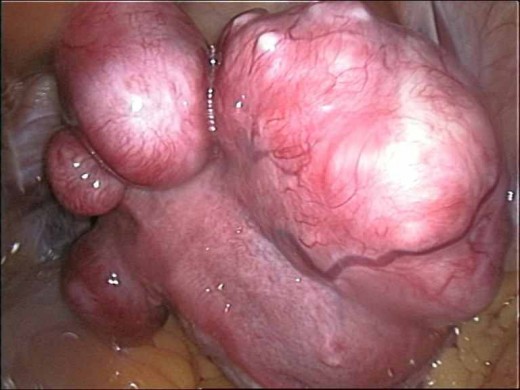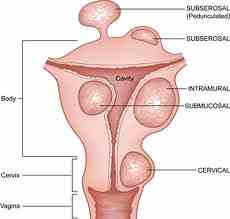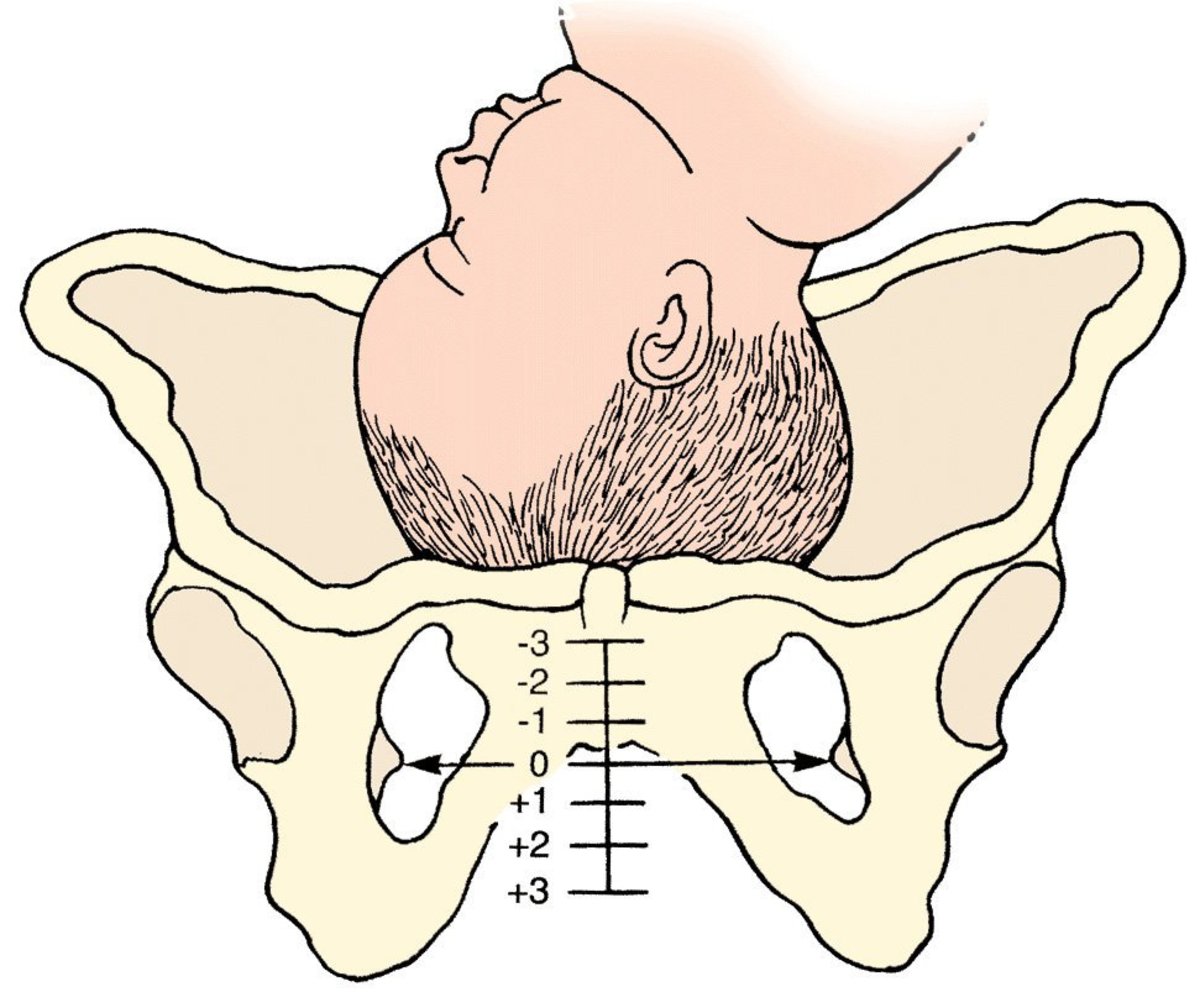Topics in Gynecology - Uterine Fibroids

Uterine Fibroids: Is hysterectomy the only way?
Uterine fibroids are the most common reason why women in the United States seek removal of the uterus (hysterectomy), and each year around 600,000 are performed for all causes. But there are alternative means of dealing with this common, non-cancerous condition. The "right" treatment depends the size and number of the fibroids, the degree of debilitation they are causing, and wishes of the woman who has them.
Fibroids are benign uterine muscle tumors without any known specific cause although heredity and hormonal factors have been implicated. They have a number of associated symptoms including heavy menstrual flow, cramps and pelvic pain. When the tumors are small, there may be few or no symptoms; however, as the fibroids grow with the stimulation of ovarian estrogen production, the symptoms escalate over the course of years. In rare cases, very large fibroids cause obstruction of surrounding structures like the bowel or ureters.
A relatively new, specialized radiological procedure known as uterine artery embolization (UAE) can be an alternative to hysterectomy for some women. The objective of this procedure is to cut off the main blood supply to the uterus and thereby starve the fibroids of nutrient. Over time, they are seen to shrink and become much less symptomatic. To perform this treatment, an interventional radiology specialist inserts a catheter through the blood vessels of the groin and threads it through to the uterine blood vessels followed by placement of a blocking agent. UAE is not actually considered a surgery but rather a radiologic procedure. Nevertheless, it has potentially serious complications and drawbacks including embolization of the wrong vessels/tissues. Patients are usually admitted at least briefly for observation and pain management with intravenous medication.
Myomectomy, or removal of the individual tumors from the uterine wall, is another potential treatment option that leaves the majority of the uterus intact. Minimally invasive surgery including robotic myomectomy is available at some treatment centers, but the most common method still involves an open abdominal incision. The removal of multiple fibroid tumors from the uterine wall can preserve fertility in women who desire future childbirth potential, but it can also weaken the muscle such that future labor with a pregnancy is not recommended. Cesarean delivery is the only way to lessen the risk of uterine wall rupture with contractions. For women who no longer wish to become pregnant, myomectomy may have more drawbacks than advantages.
Another treatment option for the heavy bleeding associated with fibroids is ablation (destruction) of the uterine lining. Even though the fibroids are minimally affected directly by this technique, the overall effect is that the amount of monthly bleeding is much less. Through a variety of methods including radiothermal ablation, hydrothermal ablation or freezing, the lining of the uterus is significantly destroyed. The fibroids can continue to grow despite this type of therapy, and even if bleeding symptoms do not return, pain from enlarging fibroids may still be a problem.
Drug therapy for fibroids, either as an adjunct to a planned surgery or as a stand-alone treatment is often attempted. Medications of the class known as GnRH agonists (ex. Depo-Lupron) will attack the fibroids hormonally by blocking the effects of estrogen on the growth of the tumors. This temporary effect will shrink the fibroids and allow the patient time to plan surgery. However, this class of medication is expensive and causes some menopause-like side-effects that are unpleasant, so it is usually only used for 2-6 months prior to surgery. Once the medication is stopped, the fibroids will return to their original size in fairly short order unless the patient is already at the time of menopause.
Birth control pills are used more commonly in younger women with fibroids, but these can also be used in women closer to menopause to control bleeding symptoms of fibroids as long as not other health issues are a problem (i.e. high blood pressure, diabetes, stroke). Despite the fact that birth control pills contain estrogen as well as progesterone, the fibroid tumors do not seem to enlarge more just because of the medication.
Medication that specifically targets the blood clotting mechanism can also be beneficial for relieving the worst bleeding symptoms during the monthly menses with uterine fibroids. Tranexamic acid (trade name Lysteda) is such a medication. This drug is taken only for a 5-day course during the worst flow days, and the net effect is to lessen the large clots and associated cramps via non-hormonal means. There are some potentially serious adverse effects of taking this medication in women with blood clotting disorders or who are taking oral contraceptives or other hormone medication, and caution is needed before using this as a longterm treatment option.
Before any specific treatment option is fully explored, it is important to note that cancer of the uterine lining (endometrial cancer) needs to be ruled out with a directed biopsy. The treatment of uterine cancer is completely different from that of benign uterine fibroids or other benign cause of uterine bleeding.
In conclusion, total removal of the uterus for fibroids is still the most commonly chosen route of therapy for women with severe symptoms of bleeding/pain, but there are clearly viable alternatives to hysterectomy. Discuss all the options with your healthcare provider and weigh what is best for you.

Uterine Artery Embolization
- Uterine artery embolization - MayoClinic.com
Uterine artery embolization Overview covers what to expect, risks, results of this uterine fibroid treatment.
Uterine Artery Embolization Therapy
Medical Therapy
- LYSTEDA Available For Women With Cyclic Heavy Menstrual Bleeding
For an estimated 22 million women in America, monthly menstrual periods are so heavy they can sap energy, cause anemia, and interfere with daily activities. These sufferers of cyclic heavy menstr





